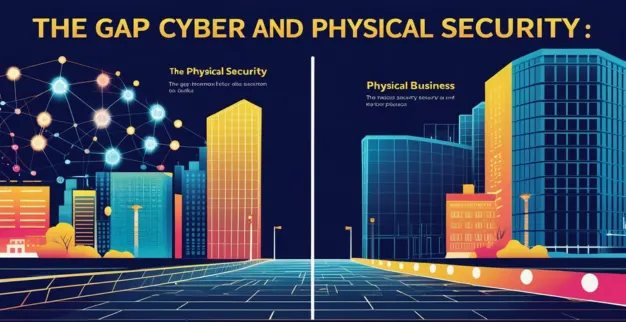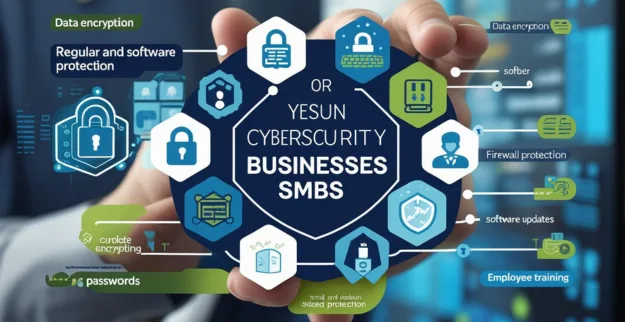The Gap Between Cyber and Physical Security in Modern Businesses
By: Ganesan D
26 Aug 2025
Category: Cybersecurity
Imagine your office or factory as a medieval castle. You have drawbridges, guards, and watchtowers (physical security)—but inside the walls, someone could slip past and steal your precious data—or worse, use that data to trap you from the inside. Modern businesses face a similar disconnect. Cybersecurity (digital walls) and physical security (guards and cameras) often sit in silos—and threat actors love that gap.
What Is the Cyber-Physical Security Gap?
This gap emerges when physical security systems—like CCTV, badge readers, and alarms—operate separately from IT-driven cybersecurity measures like firewalls, intrusion detection, and access control. Silos form, responsibility gets blurry, and blind spots emerge. According to CISA and PwC, many organizations still treat these security domains as entirely separate, missing out on the chance for a unified view of threats. Only around 24% of companies have fully converged their physical and cyber security functions.
Examples: IoT Devices and Security Risks
Enter IoT: a double-edged sword. Smart cameras, sensors, and access systems bring convenience but also vulnerabilities:
- A widespread flaw in video devices (Over 83M affected) let attackers hijack live feeds and cameras.
- By 2030, the world may have 40 billion IoT devices. As TechRadar warns, these interconnected systems—from smart grids to cameras—create points of failure that can cascade across industries.
These examples show the fragility of physical systems once they're connected to digital networks without robust safeguards.
Why CCTV and Access Systems Are Prime Targets
Physical systems like CCTV and access control are attractive targets for cybercriminals:
- Compromised cameras can expose blind spots, revealing when and where intruders should strike.
- Networks can also be infiltrated via unsecured devices.
- With IT and physical networks often sharing infrastructure, a breached camera or HVAC system can become a launchpad for lateral attacks into core systems.
Benefits of Integrated Security Systems
Bridging cyber and physical security isn’t just smart—it’s transformative:
- Unified awareness and faster response: Correlate digital alerts with physical events—like spotting a badge swipe, then matching it with network access logs—to react in real time.
- Cost and training efficiency: Cloud-based, unified systems mean less training and simpler updates—no need to juggle multiple tools.
- Single control hub: Manage cameras, alarms, and access control from one platform—streamlined, scalable, and easier to oversee.
- Better incident response and prediction: Integrated platforms allow pattern detection—like linking a physical breach to suspicious network activity—helping you preempt threats.
Future of Unified Cyber-Physical Security
The future is about breaking down silos:
- Cyber-Physical Security Systems (CPSS) are emerging as unified platforms that manage threats spanning both IT and physical domains. Nearly 60% of enterprises are expected to converge these functions by 2027.
- Operational Technology (OT)—once air-gapped—is now increasingly networked and vulnerable, demanding integrated defense strategies. Ransomware hitting OT rose from 32% in 2023 to 56% in 2024.
- Situational awareness powered by real-time analytics: AI systems today can merge logs from network activity, cameras, and access systems to flag anomalies—say, someone tampering with a lock while your system logs unusual traffic.
- Organizationally, breaking the divide means redefining roles—IT, security, facilities, and risk teams working together. Converged security isn't just tech—it's culture, governance, shared responsibility.
Final Thoughts (With a Human Lens)
Think back to the medieval castle: a drawbridge alone can't stop an insider who stole the key, and a firewall won’t block someone walking through an unlocked door. In a hyper-connected world, the most secure fortress is one where walls and gates talk to each other.
Start by mapping where your cyber and physical systems overlap (think cameras, sensors, access pads tied to network lines). Then look for integration opportunities—shared dashboards, unified alerts, joint response drills. Think of the payoff: faster breach detection, smarter resource use, and a security posture that is comprehensive, collaborative, and future-ready.


